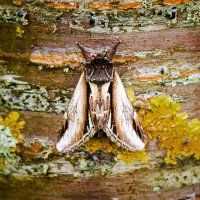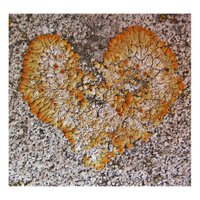
Mark Powell
@obfuscans3
Lichens. Anyone with a hand lens can make discoveries. Add a microscope and a couple of chemicals and you can help rewrite the books.
ID: 842132575057502208
15-03-2017 21:57:06
18,18K Tweet
2,2K Followers
2,2K Following










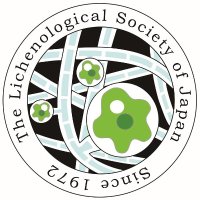


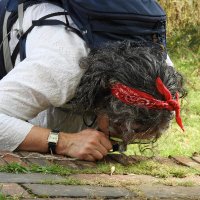
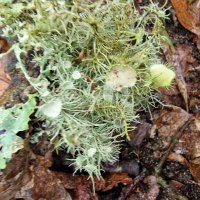
Walking Natural England - Sussex and Kent Team Castle Hill NNR, Brighton. 2nd Hawthorn: baby Golden Eye, Teloschistes chrysopthalmus. If you live in Sussex look hard at Hawthorns. Hard to spot amongst Xanthoria parietina; typically 10cm from the end of twigs - there must be 100s here. The British Lichen Society



